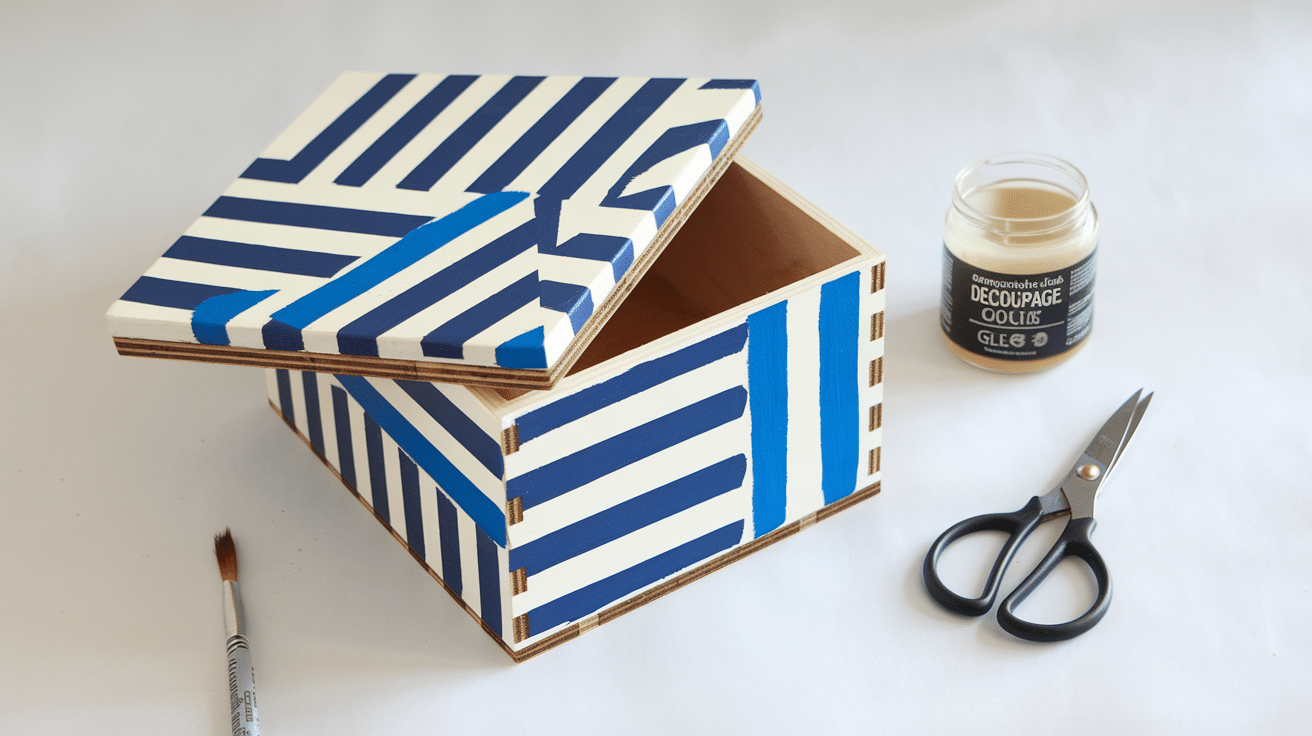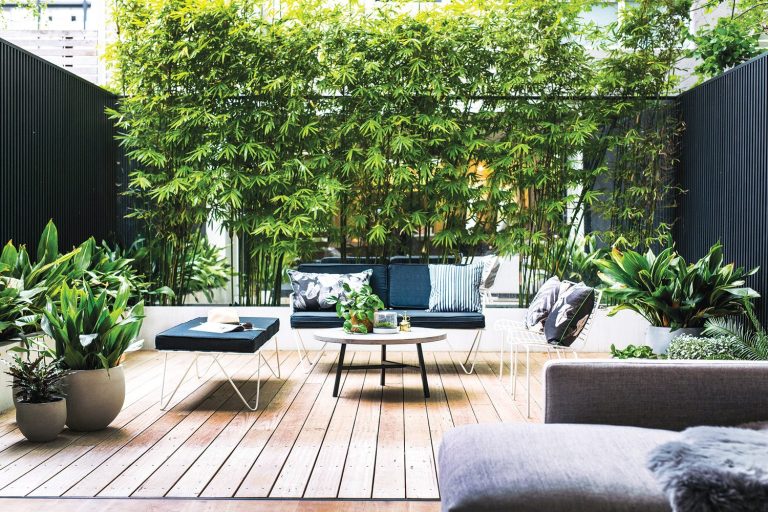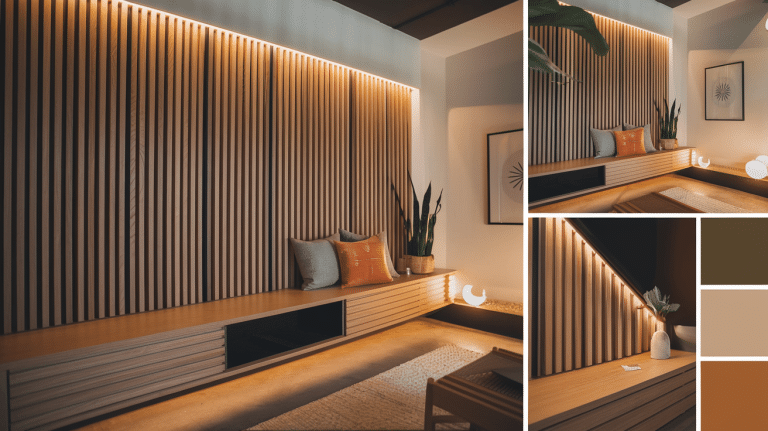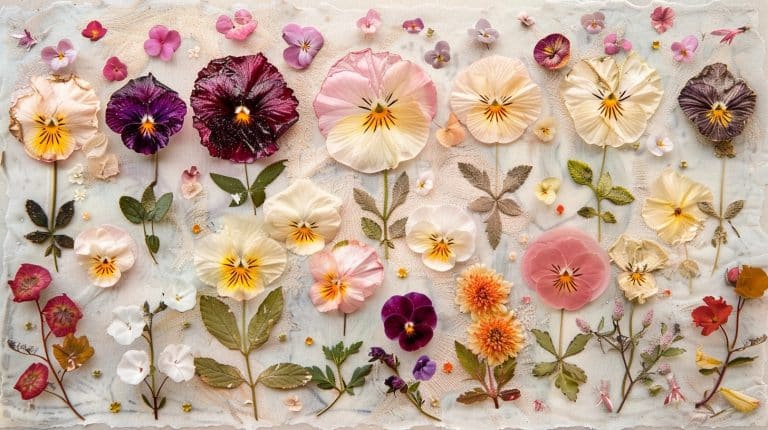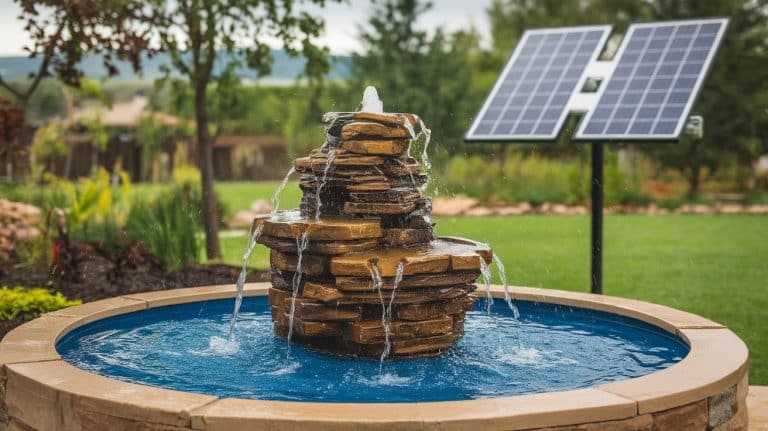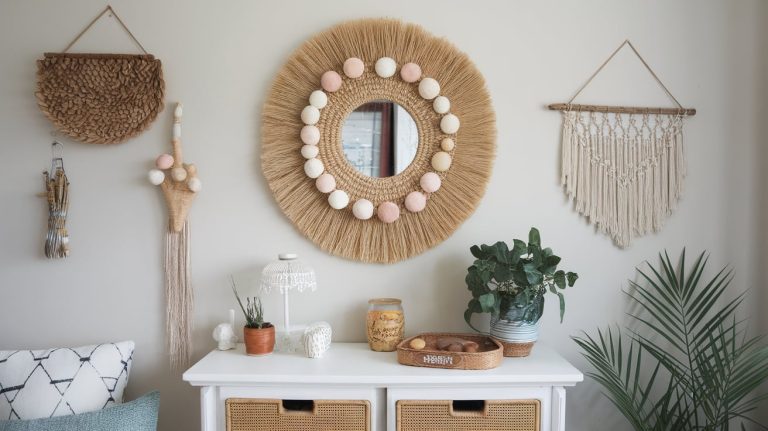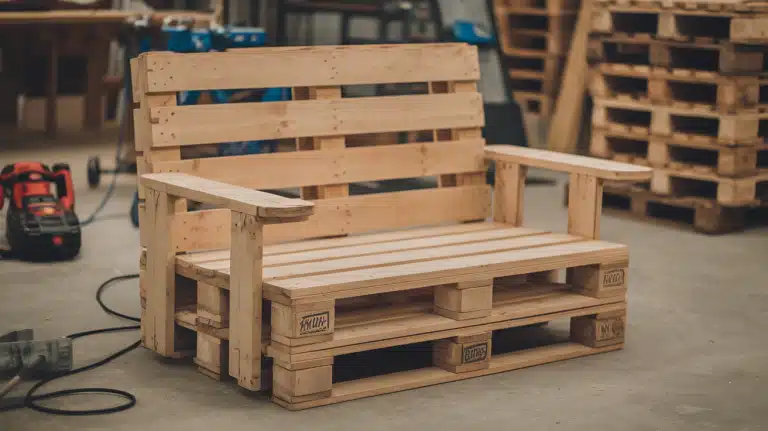How to Decoupage on Wood: A Step-by-Step Guide
Want to give old wooden items a fresh look? Decoupage is your answer!
This method lets you apply paper designs on wood with simple materials you already have at home. Many folks find decoupage hard at first. They try once, fail, and give up.
Don’t worry – we’ve got you covered. In this guide, you’ll learn the exact steps to make your wooden items look new and special.
We’ll show you which supplies work best and how to avoid common mistakes. By the end, you’ll have the skills to change plain wood into beautiful, unique pieces. Let’s get started with your first decoupage project!
Why You Should Consider Decoupaging Wood?
Decoupaging wood adds charm to plain items. It turns basic objects into personal treasures.
The method is cheap and needs few tools. Anyone can learn it fast. The results look fancy but cost little. You can fix old furniture without buying new pieces. It works on many wood types. Your own style shines through each creation.
Best of all, it brings joy when you see your handmade items daily.
Decoupage on Wood: Step-by-Step Process
Materials Required
Given below are the materials required:
| Material | Description |
|---|---|
| Wooden Item | Clean, smooth wooden surface such as a box, tray, or frame |
| Decorative Paper/Fabric | Napkins, tissue paper, scrapbook paper, or thin fabric with your chosen design |
| Decoupage Medium | Mod Podge or similar decoupage glue |
| Brushes | Flat brush for applying glue and smaller brush for detail work |
| Scissors | For cutting paper or fabric to the right size |
| Sandpaper | To make the wooden surface smooth before starting |
| Sealant | Optional finish for extra protection after completion |
Making things simple begins with a clear plan. This section breaks down each task into small, easy parts. You’ll find each step explained in plain words.
Step 1: Prepare the Wooden Surface
Start by cleaning your wooden item with a damp cloth.
Remove all dirt and oils that might affect the paper’s adhesion. Next, use fine-grit sandpaper to smooth the surface. For best results, move the sandpaper in the same direction as the wood grain. This creates tiny scratches that help the glue bond better.
After sanding, wipe away all dust with a clean, dry cloth. Make sure the wood is fully dry before moving to the next step. This prep work might seem boring, but it’s key to a good final product.
Step 2: Select and Prepare the Decorative Material
Pick paper or fabric designs that match your style and the wood piece. Bright colors work well on dark wood, while subtle patterns suit lighter woods. Cut your design slightly larger than needed – you can trim excess later.
If using napkins, they often have multiple layers. Gently pull apart the layers and keep only the top printed one.
This thin layer will mold to the wood better than thick paper. Lay out all your cut pieces on the wood to check placement before gluing.
Step 3: Apply the Adhesive
Dip your flat brush into the decoupage medium and coat the back of your paper completely. Don’t soak it – just apply enough to make it stick.
Place one corner of the paper on the wood first, then slowly lower the rest down. Use your fingers or a soft cloth to press from the center outward.
This pushes air bubbles to the edges. Work quickly but carefully. If wrinkles form, lift the paper gently and try again. Small bubbles often disappear when dry.
Step 4: Seal the Design
Once your design is in place, brush a thin layer of decoupage medium over the entire surface.
Cover all edges of the paper to seal them down. Let this first coat dry fully – this might take 1-2 hours. Then apply a second coat in the opposite direction of your brush strokes.
This creates a more even finish. For items that will get heavy use, add a third coat after the second one dries. Each layer makes your project more durable and water-resistant.
Step 5: Finish and Protect
After all layers have dried completely, check for rough spots by running your hand over the surface. If you find any, use very fine sandpaper to smooth them out gently.
Wipe away any dust with a clean cloth. For extra protection, especially for items like trays or coasters that will get wet, add a clear top coat.
Apply it in thin, even strokes and let it dry fully before using your new creation. Your item is now ready to use or display in your home.
Additional Tips
- Experiment with different types of paper or fabric for unique textures and effects.
- Incorporate embellishments like ribbons, buttons, or paint for added decoration.
- Ensure each layer of adhesive is fully dry before applying the next to prevent smudging or peeling.
For a visual tutorial, refer to this video by First Day of Home
Common Mistakes to Avoid in Decoupage
Even skilled crafters make these errors. Learn from them to get better results on your first try.
1. Insufficient Surface Preparation
- Issue: Skipping sanding or cleaning leads to poor paper sticking.
- Solution: Clean the wood fully and sand the surface lightly before you start.
2. Using Excessive Glue
- Issue: Too much glue causes wrinkles, bubbles, or sticky spots.
- Solution: Apply thin, even coats of glue.
3. Not Sealing Between Layers
- Issue: Paper may peel or lift over time without proper sealing.
- Solution: Put a thin layer of glue between each piece of paper.
4. Applying Thick Varnish Layers
- Issue: Thick varnish often cracks as it dries.
- Solution: Use many thin coats instead of one thick coat.
5. Using Incompatible Materials
- Issue: Some materials don’t stick well together.
- Solution: Test your papers and glues on scrap wood first.
Maintaining Your Decoupaged Wooden Items:
-
Regular Cleaning: Dust your items regularly with a soft, dry cloth to prevent dirt buildup. For deeper cleaning, lightly dampen the cloth with water and gently wipe the surface.
-
Avoid Direct Sunlight: Prolonged exposure to sunlight can cause colors to fade and materials to weaken. To preserve their appearance, place decoupaged items away from direct sunlight.
-
Protect from Moisture: To prevent damage, keep items away from areas with high humidity or direct contact with water.
-
Handle with Care: While decoupage adds beauty, the surface can be more delicate than untreated wood. Handle items gently to avoid scratches or dents.
-
Reapply Sealant as Needed: Over time, the protective sealant may wear down. Inspect your items periodically and reapply a clear acrylic sealer if you notice signs of wear.
Conclusion
You now have the knowledge to transform plain wood into beautiful custom pieces. Decoupage is a simple way to refresh old items or make personal gifts. With basic supplies and practice, your projects will look well-made and professional.
Remember, patience matters most. Each layer must dry fully before adding the next. Start small to build your skills first.
Try your first project this weekend! You might find a hobby you love. Share your work with friends or in craft groups. Soon, you’ll own unique wooden items that show your style and creativity.
Frequently Asked Questions (FAQs)
1. Is Decoupage the Same as Modge Podge?
No, decoupage is the craft technique of applying designs to surfaces. Mod Podge is a specific brand of glue/sealer used for decoupage projects.
2. Is Decoupage Difficult?
Decoupage is not difficult, but it does need patience. Beginners can start with simple projects. With practice and the right steps, most people can learn it quickly.

